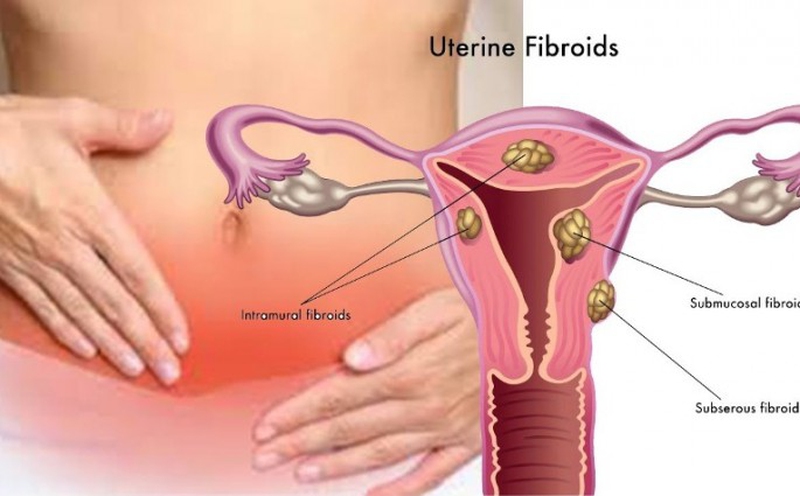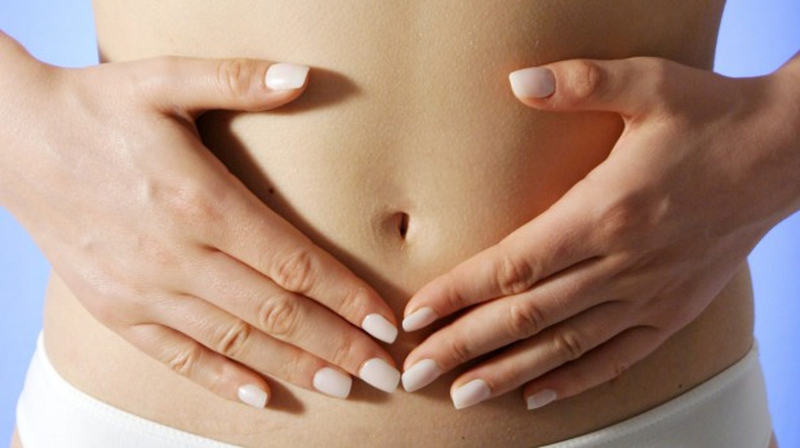Fibroids, also known as leiomyomas or myomas, are muscle tumors (non-cancerous) commonly found in uterus. About 1 out of every five women of fertile age, can have these muscle-tissue tumors. Fibroids may produce symptoms or it can be asymptomatic. Normally, fibroids are small in size, which is why they have no health risks (in some cases, fibroids never get detected). But in some cases, (with specific size and location) fibroids may cause issues in woman’s reproductive system. Let’s find out how fibroids and fertility are interconnected.

Can It Affect Woman’s Fertility?
The answer is YES. Fibroids may disrupt women’s reproductive system. However, there are numerous women who have fibroids but are perfectly fertile. At the same time, we can’t rule out its negative effects on fertility. About 5% to 10% infertile women are diagnosed with fibroids. Submucosal or intramural type of fibroids are most likely to impact the process of reproductivity.
How Fibroids Affect Fertility and Pregnancy
Fibroid is said to affect woman’s ability to conceive in many ways. It can also be harmful in pregnant women and may harm pregnancy. A lot depends on fibroid’s size and location in the uterine cavity. Let’s find out how it may affect your fertility.
A big sized (intramural) fibroid may compress the fallopian tubes or it may change the shape of cervix. Consequently, the passage used for the passing of eggs or sperm is blocked. And the meeting of sperm with eggs becomes impossible. In some cases, sperms enter, but in an insufficient number.
A fibroid, bigger than 3 cm in uterus wall can also impede fertility. A size this big may interrupt the placement of embryo (this is a very rare case though).
A large fibroid may damage the pelvic anatomy, leaving the fallopian tubes unable to hold the eggs at the time of ovulation.
A large sized fibroid may change the overall shape of the uterus. That too affects the movement of embryo and sperms.
Fibroids in the uterine cavity may affect the natural process of blood flow to uterine cavity. It directly affects the normal growth and implantation of embryo.
Another proof of connection between fibroids and fertility is the disruption of the micro-contractions (of uterus) caused by fibroids. This whole process prevents the fertilized embryo from getting back to the uterus (its final destination).
Implantation of embryo can also be affected by the damage that a fibroid may cause to the uterine cavity. As a result, woman may experience an early miscarriage.
Fibroids can also appear after getting pregnant. First 12 weeks of pregnancy are very critical in this regard. It can affect pregnancy in many ways. It can directly affect the position and growth of the baby in uterus. And that may result in a miscarriage, C-section or a pre-term birth.
There have been cases where even small-sized fibroids caused damage to fertility. Several small fibroids in a uterine cavity, may result in severe inflammatory reaction. This particular condition is not suitable for the implantation or even growth of an embryo. And the woman may end up with a miscarriage.
Sometimes, the fibroids tend to cover a big area in the uterus. And fetus does not get enough space to grow. This may cause miscarriage.
Fibroids that develop in birth canal or near the cervix, can obstruct the natural process of delivery. And you have to go for a C-Section.
Estrogen level tends to increase during pregnancy. And this increase may cause an unusual growth of fibroids. Enlarged fibroids may affect the placement of placenta.
Some women have multiple fibroids in the lower uterus area, causing a blocked vagina. That may trouble the delivery process.
If it is getting hard for you to conceive, and you have a fibroid, it is recommended to consult the fertility expert. He/she would better determine, whether the fibroid is causing an issue in conceiving or not.
Most Common Symptoms of Fibroids
The first step is to recognize the common symptoms (fibroids can be asymptomatic) and consult the expert. Fibroids can easily be detected by a transvaginal ultra-sound or bi-manual vaginal examination. The most common symptoms may include;
A painful menstrual cycle
Excessive bleeding
Pain while having intercourse
Rectal pressure
Irritation in bladder
Troubled bowel movement
Treatments of Fibroids
Doctors suggest treatment of fibroids only if they are causing troublesome symptoms like heavy bleeding, pelvic pain or painful menses. Women who want to conceive, are recommended to undergo a surgical procedure to remove fibroids, as both fibroids and fertility can be interlinked.
Observing Fibroids Growth
If the fibroids are small and asymptomatic, there is no need to treat or remove them. The only precautionary measure is to keep on observing their growth. But those who want to conceive, medical treatment is not an option for them.
Medicinal Treatment to Balance Hormones
Growth of estrogen causes unusual size of fibroids. There is a medicinal treatment that can temporarily lessen estrogen level. And you get a shrunken fibroid. GnRHas (Gonadotrophin-releasing hormone analogues) is the most common treatment. You can have it through injections on monthly-basis or through a nasal spray.
Myomectomy (open surgical procedure) for Large Fibroids
Women who are getting fertility treatments like IVF (In Vitro Fertilization), are recommended to get fibroids removed. The large fibroids (intramural and subserosal) are normally removed by the procedure of laparoscopic resection or an open abdominal surgery. Recovering after an open surgery may take time.
Keyhole Surgery for Smaller fibroids
For smaller fibroids, keyhole surgery is recommended. Keyhole surgery involves the use of hysteroscopy or laparoscopic techniques.
Note: One out of four women get their fibroids back after 3 to 4 years of surgery. It’s highly recommended to avoid multiple surgeries. Too many cuts on internal organs can cause adhesions. Too many adhesions can affect women’s capability to conceive.
Endometrial Resection
It’s a procedure that cures fibroids without surgery. It is used to cure the submucosal fibroids that are grown in the inner side of uterus. The process involves the removal of the endometrial tissue where the fibroid is growing. After some time, the tissue regrows and woman may try conceiving.
Uterine Artery Embolization (UAE)
The process involves a radiologist who runs an MRI scan. Through it, the fibroids and adjoining blood vessels are detected. Then a plastic plug is injected in the vessels to stop the blood supply to fibroids. This will gradually cause the shrinking of fibroids.
Note: All the procedures mentioned above are not related to the treatment of fibroids and fertility. These are general, and cannot be recommended for the women who want pregnancy. Those who are trying to conceive should opt for a treatment advised by the gynecologist.


View All Comments /Add Comment